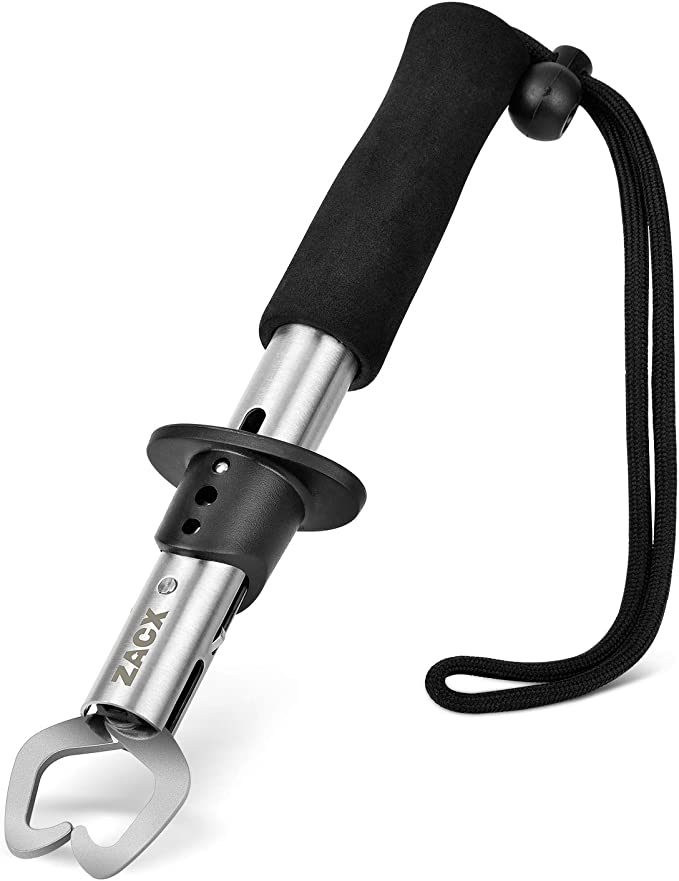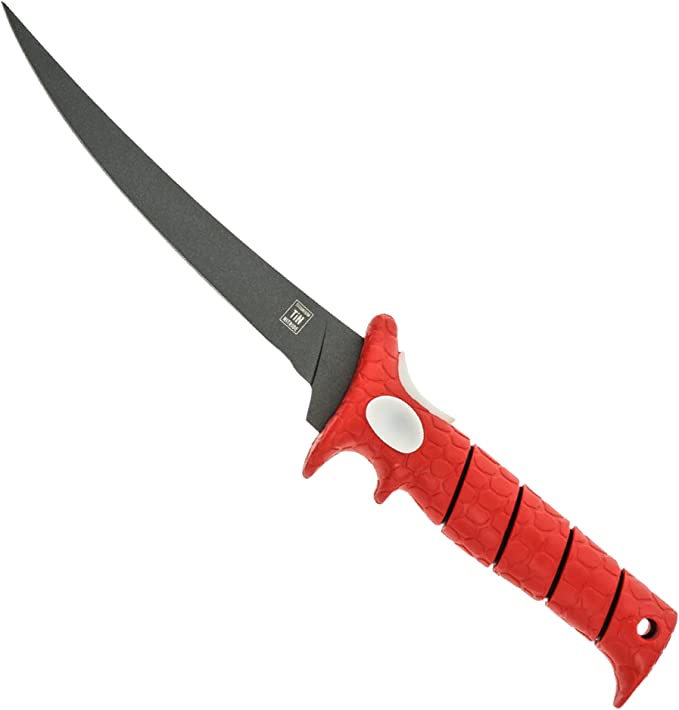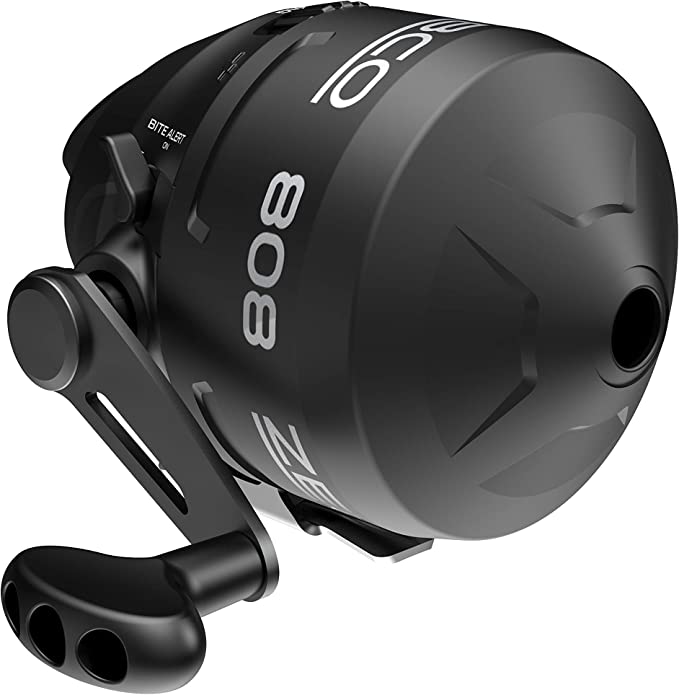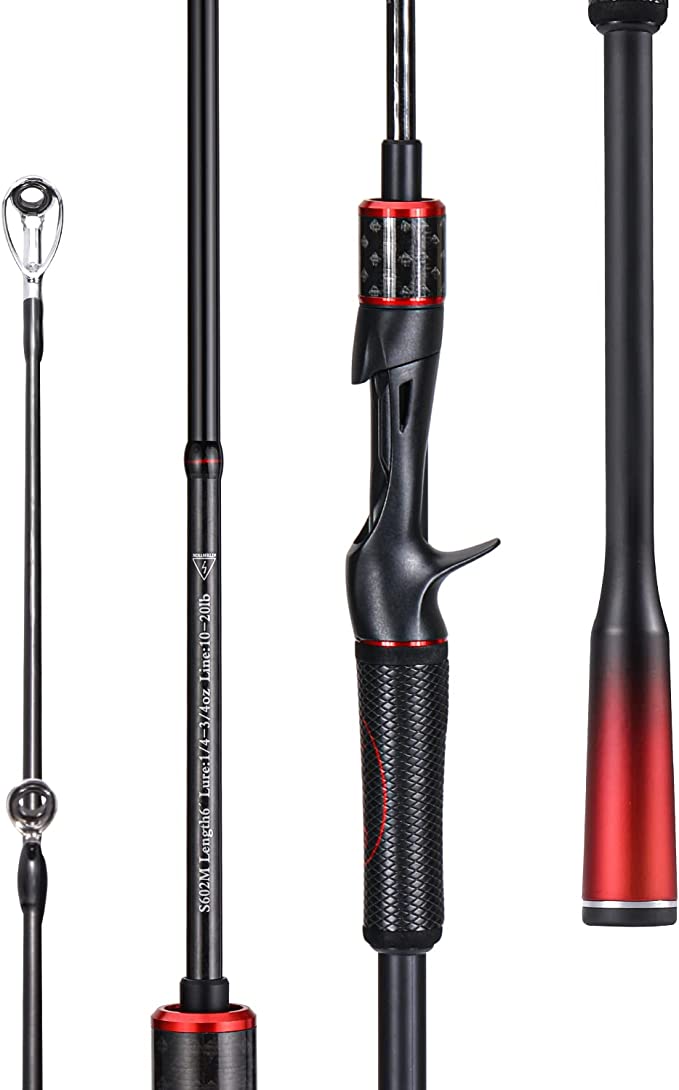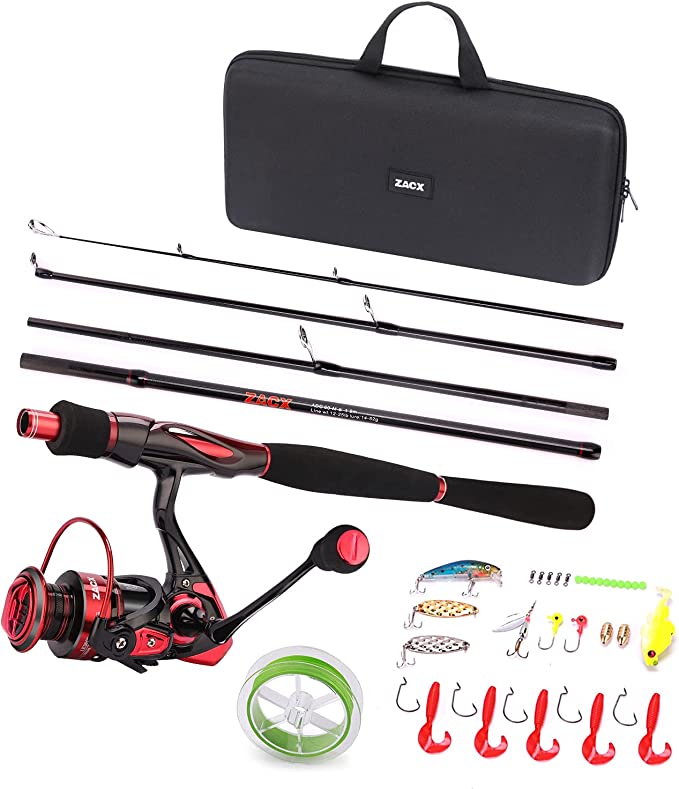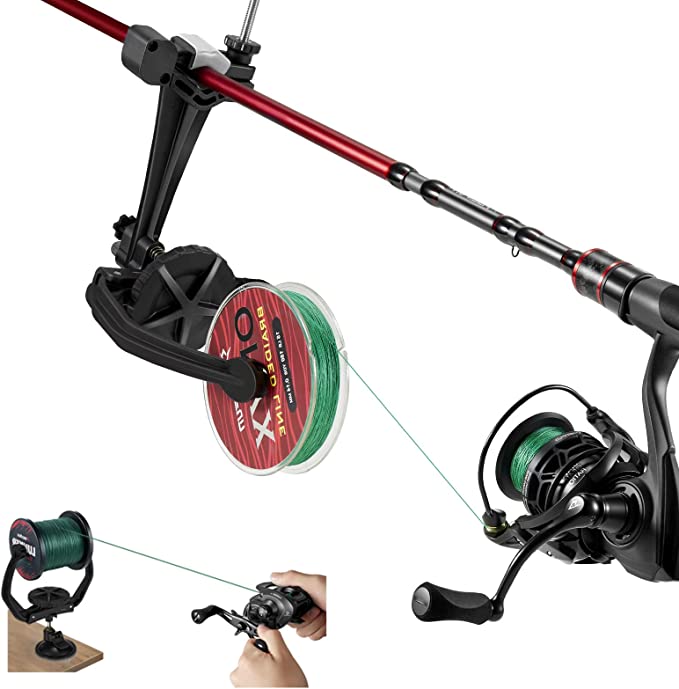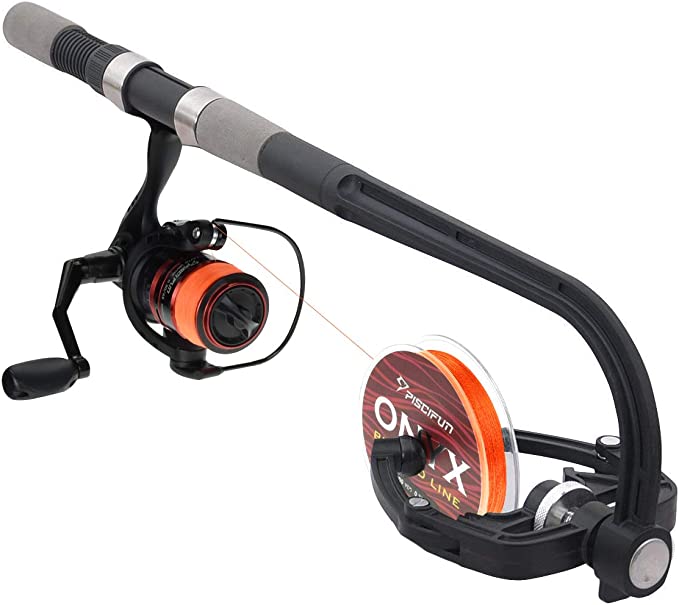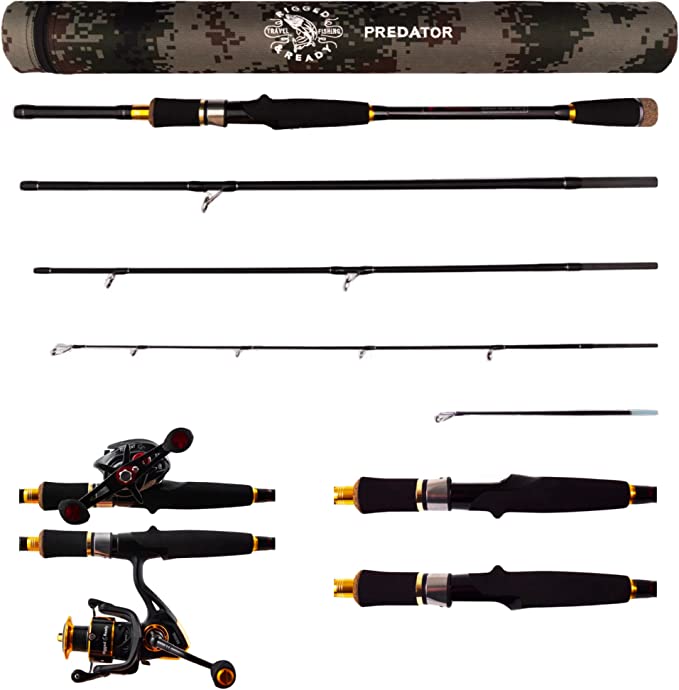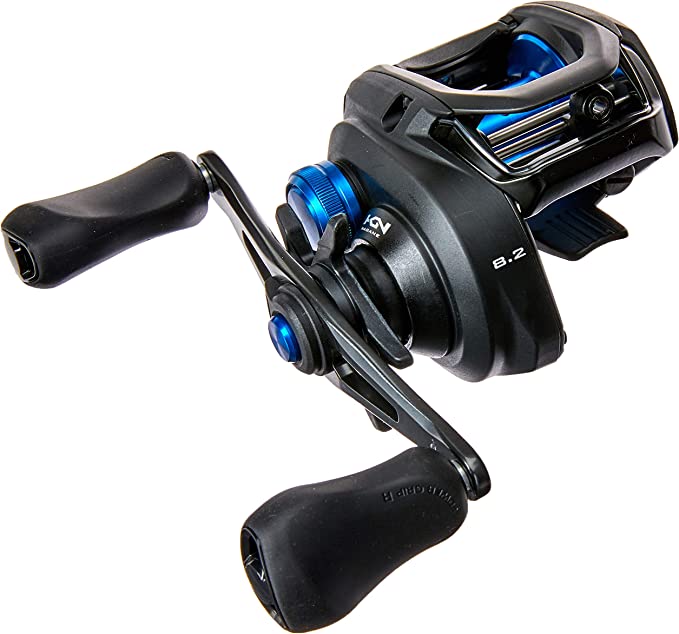The Angler's Edge: Deconstructing the Science Behind Modern Fishing Pliers
Update on Aug. 2, 2025, 11:52 a.m.
There’s a memory many anglers share: a cool morning by the water, the damp scent of earth and riverweed in the air, and in hand, a tool. For some, it was a pair of hand-me-down pliers, heavy and pitted with the orange blush of rust, a relic from a grandfather’s steel tackle box. It did the job, mostly. But it was heavy, clumsy, and its fight against a stubborn hook was often a battle of brute force.
Today, the tool you pull from your pack is a different creature entirely. It is impossibly light, yet unyielding. It resists the corrosive kiss of saltwater with an almost defiant grace. A tool like the ZACX Fishing Pliers isn’t merely an improvement; it’s the culmination of a quiet revolution in materials, design, and even philosophy. To hold one is to hold a story of how science met the stream, and to understand that story is to gain a deeper appreciation for the gear that forms the critical link between us and the wild.

The Alchemy of Alloys: A Tale of Two Metals
In the eternal war between an angler’s gear and the elements, the choice of materials is the most crucial strategic decision. The modern fishing plier is a masterclass in metallurgical synergy, primarily leveraging a partnership between aluminum and stainless steel.
The call for lightness is answered by aluminum. The handles, often the bulk of the tool, are crafted from this aerospace-grade metal for one primary reason: its phenomenal strength-to-weight ratio. Weighing in at a scant 4.4 ounces, a modern aluminum tool feels less like an anchor in your vest and more like a featherweight extension of your own hand. This isn’t just a luxury; it’s a direct countermeasure to angler fatigue. Over thousands of casts, every ounce saved is energy conserved for that final, crucial moment. But aluminum’s true genius lies in its self-defense. Through a process called anodization, its surface is transformed into a hard, ceramic-like layer of aluminum oxide, an invisible armor far more durable than the raw metal itself, providing a formidable barrier against nicks, scratches, and corrosion.
Yet, where the tool meets the fight—the jaws—a different quality is demanded. Here, hardness is king. Stainless steel is the material of choice, a metal whose resilience is more than skin deep. Its secret is a remarkable chemical phenomenon known as passivation. The chromium within the steel alloy reacts with oxygen to form a microscopic, inert layer of chromium oxide across the surface. This transparent shield is self-repairing; if scratched, a new layer instantly forms, perpetually protecting the iron within from the rust-inducing onslaught of water and salt. This is why the jaws can bite down on a hardened steel hook or cleanly snip through an abrasive, high-tech braided line without deforming or losing their edge.
This careful marriage of two distinct metals—lightweight, anodized aluminum for the body and hard, passivated stainless steel for the jaws—is the solution to a classic engineering paradox: creating a tool that is both incredibly durable and effortlessly light.

Design in Hand: The Science of Ergonomics
A tool’s true worth is ultimately measured in the hand. A poorly designed instrument, no matter how advanced its materials, will lead to fatigue, frustration, and fumbled opportunities. This is the domain of ergonomics, the science of designing for human efficiency and well-being.
The sculpted, ergonomic handles of a modern fishing plier are a direct response to the risk of Repetitive Strain Injury (RSI), a condition all too familiar to those who spend long hours performing repeated motions. By contouring to the natural grip of the hand, the design distributes pressure evenly, reducing strain on muscles and tendons. This is further enhanced by the use of EVA (Ethylene-vinyl acetate) foam. This closed-cell material provides a cushioned, non-slip surface that maintains its grip even when slick with water or fish slime, a critical factor for safety and control.

Look closer at the handles and you’ll often see an elegant “hollow out” design. This is not merely for aesthetics. It is a principle of structural engineering brought to a hand tool. Much like the trusses of a bridge, it strategically removes material from low-stress areas to significantly reduce weight while preserving the core strength needed to apply torque and pressure without flexing. It is intelligence made visible.

A Tool for a New Ethic: The Rise of Catch and Release
Perhaps the most profound evolution in angling is not in its technology, but in its philosophy. Over the last half-century, the Catch and Release movement has transformed from a niche conservationist idea into a mainstream ethic, particularly across North America. This shift demanded new tools—instruments designed not just for capture, but for the safe and healthy release of the quarry.
The modern fish lip gripper is a direct product of this ethic. It allows an angler to control a fish securely and humanely, keeping fingers away from sharp teeth and delicate gills. It provides the leverage to handle a strong fish with minimal contact, reducing the loss of its protective slime coat and ensuring a less stressful experience for the animal.

In concert, the long, slender jaws of the pliers act as a surgeon’s instrument. They allow for precise, quick hook removal, minimizing tissue damage and the time the fish spends out of the water. When a tool enables you to remove a deeply set hook in seconds rather than minutes, you are actively participating in the conservation of the species you so admire. It transforms the act of unhooking from a clumsy extraction into a gesture of respect.
In the end, the fishing plier on your belt is far more than a simple piece of equipment. It is a physical manifestation of progress—a confluence of material science that defeats the elements, of ergonomic design that cares for the user, and of a conservationist ethic that respects the catch. It represents the quiet, constant search for a better way to engage with the wild, proving that sometimes, the biggest advantage an angler can have is the small, perfectly designed tool in their hand.
